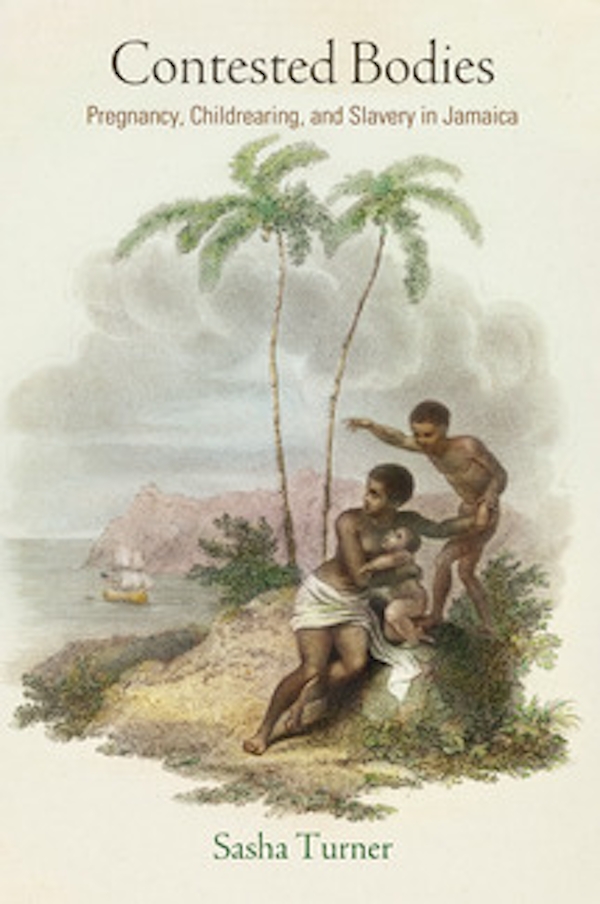Call for Proposals: 2026 Critical Mixed Race Studies Conference at UCLAPosted in Articles, Live Events, United States, Wanted/Research Requests/Call for Papers on 2025-06-12 14:50Z by Steven |
Call for Proposals: 2026 Critical Mixed Race Studies Conference at UCLA
The 2026 CMRSA Conference Programming Committee
Critical Mixed Race Studies Association
2025-06-12
Critical Mixed Race Studies (CMRS) is a biennial conference, field of study, and scholarly and activist community. The CMRS conference draws over 500 multiracial scholars, artists, students, activists, clinicians, community organizations and advocates from all over the world. The CMRS conference was the first, and remains one of the only, counterspaces for those interested in critically exploring constructions of race through a multiracial lens.
Greetings!
We are thrilled to announce the Call for Proposals for the 8th Biennial Critical Mixed Race Studies Association Conference, taking place February 19–21, 2026, at UCLA in Los Angeles, California. This year’s theme is:
Critical Healing: Honoring Resilience and Disrupting Power through Diverse Critical Mixed Race Perspectives
As we gather in the face of shifting laws, policies, and social climates, the 2026 CMRS Conference offers a powerful space to build community, share knowledge, and engage in critical healing practices. Drawing inspiration from Resmaa Menakem’s work on racialized trauma and healing, we aim to cultivate spaces for disruption, solidarity, and sustained justice.
We’re especially proud to launch this call for proposals on Loving Day, which commemorates the 1967 Supreme Court decision in Loving v. Virginia. This symbolic date reminds us of the ongoing struggles and triumphs of mixed race communities—and grounds our conference in a legacy of resistance, love, and transformation.
We invite proposals from academics, artists, clinicians, practitioners, students, advocacy groups, and community members. Sessions may take the form of papers, panels, performances, workshops, visual art, film, and other creative or community-centered formats.
Proposals should connect to one or more of the following areas:
- Healing rooted in Multiracial experience
- Disruption of systemic oppression
- Intersectional and intergenerational strategies
- National and global Multiracial solidarity
- Critical practices for social and political change
Timeline:
- Proposal Submission Deadline: Wednesday, 2025-10-01 @ 23:59 PST
- Review Deadline: Tuesday, 2025-10-14
- Notifications Sent: Saturday, 2025-11-01
- Presenter Registration Deadline: Monday, 2025-12-01
To submit a proposal, click here.






